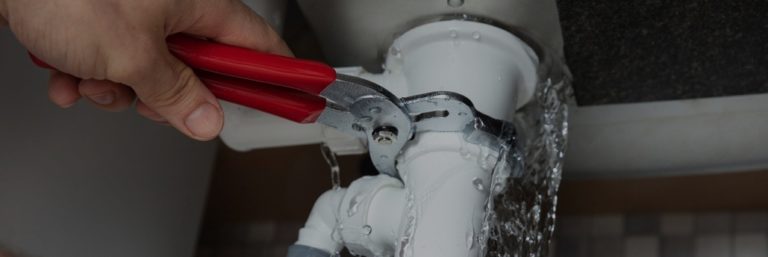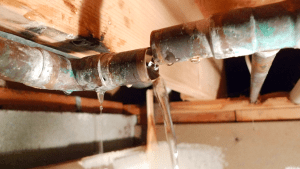How to Examine If Your Residence Has a Concealed Leak
How to Examine If Your Residence Has a Concealed Leak
Blog Article
Everybody has got their own concepts with regards to Locating water leaks.

Early detection of dripping water lines can alleviate a prospective catastrophe. Some little water leaks may not be noticeable.
1. Examine the Water Meter
Every residence has a water meter. Checking it is a guaranteed way that assists you discover leakages. For beginners, turn off all the water sources. Make sure no one will certainly flush, utilize the tap, shower, run the cleaning device or dish washer. From there, most likely to the meter as well as watch if it will change. Because no one is using it, there need to be no activities. If it moves, that indicates a fast-moving leak. Furthermore, if you identify no changes, wait a hr or more as well as inspect back again. This indicates you might have a slow leak that might also be underground.
2. Examine Water Usage
Analyze your water expenses as well as track your water usage. As the one paying it, you need to discover if there are any kind of disparities. If you find sudden changes, despite your usage coinciding, it means that you have leaks in your plumbing system. Bear in mind, your water expense need to fall under the exact same variety on a monthly basis. A sudden spike in your bill indicates a fast-moving leak.
A steady rise every month, also with the exact same practices, reveals you have a sluggish leak that's likewise slowly rising. Call a plumber to completely check your residential property, especially if you really feel a warm area on your flooring with piping beneath.
3. Do a Food Coloring Examination
When it comes to water usage, 30% comes from commodes. If the color in some way infiltrates your dish throughout that time without flushing, there's a leak between the container as well as bowl.
4. Asses Exterior Lines
Do not fail to remember to examine your outside water lines as well. Examination faucets by attaching a yard pipe. Must water leak out of the connection, you have a loosened rubber gasket. Replace this and also ensure all links are limited. If you've obtained a sprinkler system, it will help get it expertly took a look at and also kept annually. One small leakage can lose lots of water as well as surge your water expense.
5. Evaluate and also Assess the Scenario
Homeowners need to make it a behavior to examine under the sink counters as well as even inside cabinets for any bad odor or mold and mildew development. These two red flags indicate a leakage so timely attention is required. Doing routine evaluations, even bi-annually, can conserve you from a major problem.
Inspect for stainings as well as damaging as most pipelines and home appliances have a life expectations. If you suspect dripping water lines in your plumbing system, do not wait for it to escalate.
Early discovery of dripping water lines can reduce a prospective calamity. Some tiny water leaks might not be noticeable. Checking it is a guaranteed means that helps you find leakages. One little leak can squander bunches of water and surge your water costs.
If you suspect leaking water lines in your plumbing system, don't wait for it to intensify.
WARNING SIGNS OF WATER LEAKAGE BEHIND THE WALL
PERSISTENT MUSTY ODORS
As water slowly drips from a leaky pipe inside the wall, flooring and sheetrock stay damp and develop an odor similar to wet cardboard. It generates a musty smell that can help you find hidden leaks.
MOLD IN UNUSUAL AREAS
Mold usually grows in wet areas like kitchens, baths and laundry rooms. If you spot the stuff on walls or baseboards in other rooms of the house, it’s a good indicator of undetected water leaks.
STAINS THAT GROW
When mold thrives around a leaky pipe, it sometimes takes hold on the inside surface of the affected wall. A growing stain on otherwise clean sheetrock is often your sign of a hidden plumbing problem.
PEELING OR BUBBLING WALLPAPER / PAINT
This clue is easy to miss in rooms that don’t get much use. When you see wallpaper separating along seams or paint bubbling or flaking off the wall, blame sheetrock that stays wet because of an undetected leak.
BUCKLED CEILINGS AND STAINED FLOORS
If ceilings or floors in bathrooms, kitchens or laundry areas develop structural problems, don’t rule out constant damp inside the walls. Wet sheetrock can affect adjacent framing, flooring and ceilings.
https://www.servicemasterbyzaba.com/blog/how-to-detect-water-leakage-in-walls/

As a passionate reader on Finding hidden leaks, I figured sharing that portion was a great idea. Sharing is nice. You won't know, you might be doing someone a favor. Thanks a lot for taking the time to read it.
Report this page